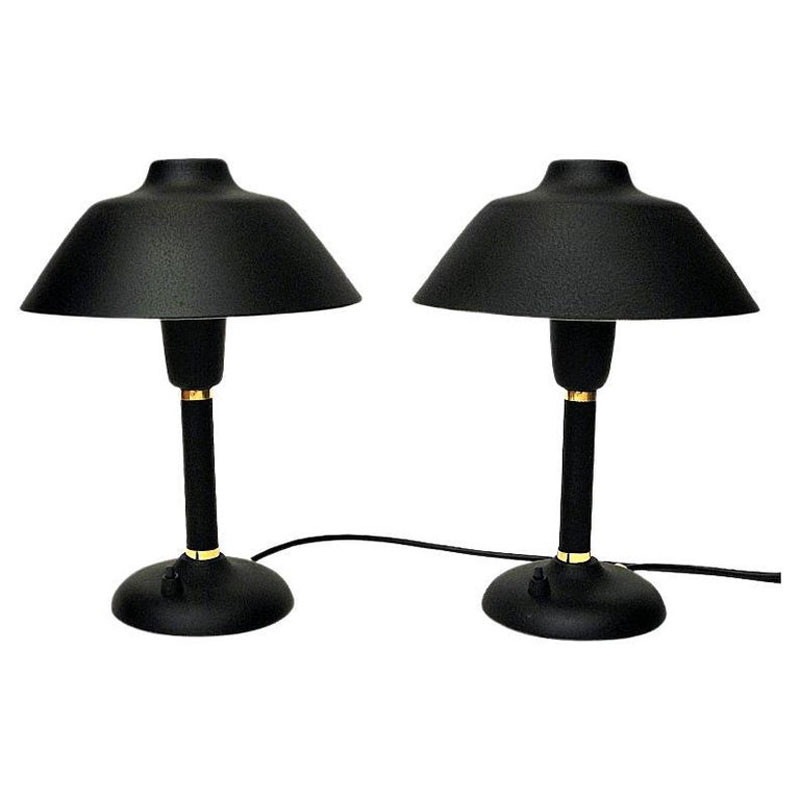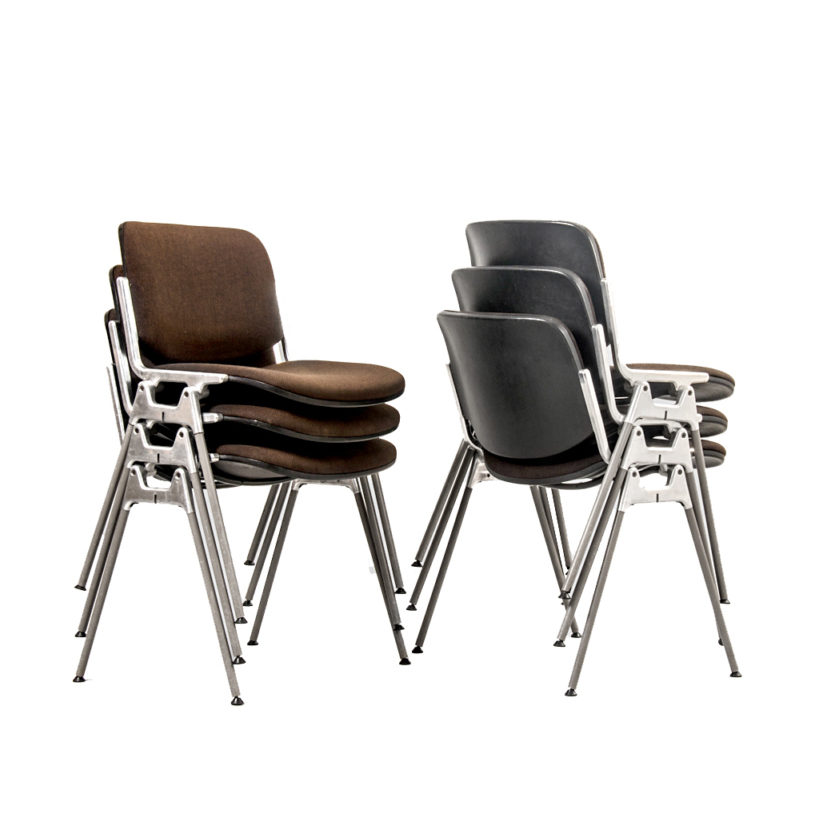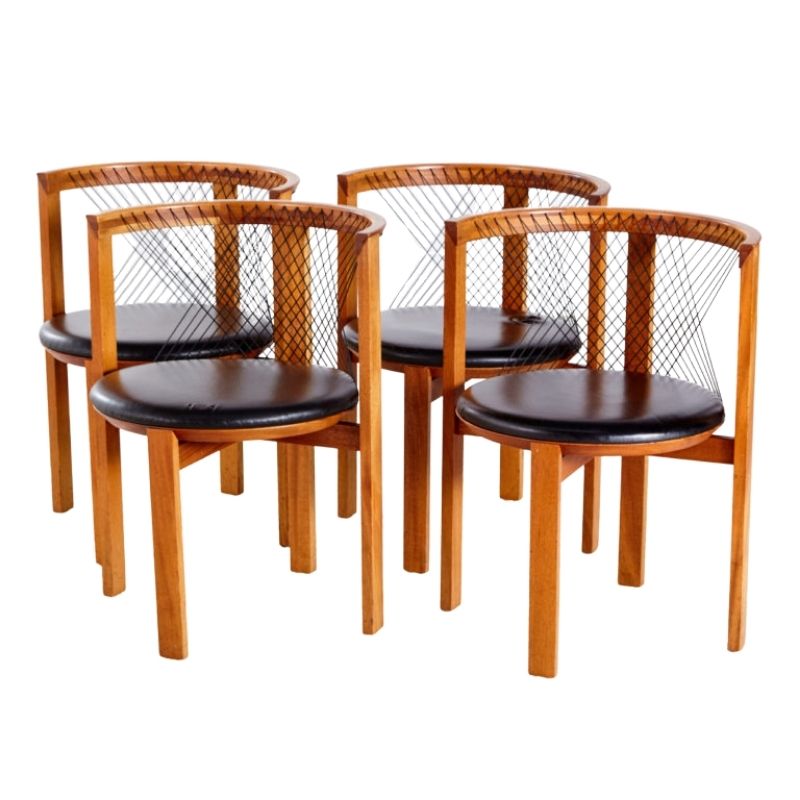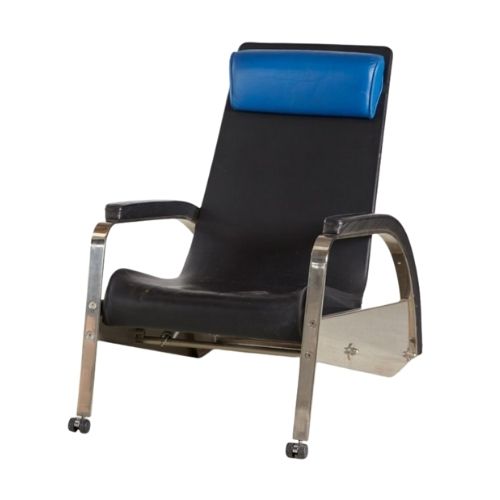Enjoy your golf lesson Mark! Good to get out on the wet lawns and smell the air and tromp around in pink paisley pants and plaid top. Watch your wood selection, and don't kill any squrls or birds.
And yes, icons do work so strangely. Predictable to be sure. Their original strength so often becomes their weakness. They risk attaining meaninglessness, for all of their original profoundness. But of course life keeps going after that burnout happens, and that is where it gets interesting for me.
I am drawn to how an icon changes once it passes through a certain stage historically, and become a cliche. Where does the meaning go, as the conversation continues?
Then the process of burning THROUGH the cliche happens. Everything becomes a cliche, and then there you are again. And with iconic stuff, it has its own unique rhythm.
There is mystery in the obvious.
Once again, I've made myself clear as mud.
ANYWAY…..
Thanks for your comments on pattern reading, Eameshead -- it puts me forward in understanding what it is that I'm doing. I believe it is a human (and animal ?) trait to look for pattern in our environment and in artifacts. The delay in recognizing pattern in my work may be one of its attractions. These exercises are all done on letter-sized sheets -- 8 1/2" x 11", similar to A4. Looking at them from a distance increases the likelihood of seeing repeated pattern; so does blurring the vision by taking off my glasses.
I recall an image, years ago, published by AT&T for some reason; the image was the head of A. Lincoln, composed on a very coarse raster of approx. 10 x 15 black or white squares. One had to hold it at arm's length to see the recognizable image; closer, it was a random collection of squares.
Glad it helped SDR,
At first I wondered why you didn't go to a larger format. But now I see that if you didn't confine yourself to the same small-sized pages, you might have gone insane. ..heh.
That format, with certain variables set, seems to have let you refine the remaining ones more creatively.
Limits are good. Where would we be without them? Sometimes (in art) the right limitation can unlock a whole universe. That certainly seems to be what happened in your case.
Do all the patterns actually repeat at some point? My small brain is trying to understand why they all would -- or how one maybe wouldn't.
I am guessing by the ones I've seen that they all do.
What is the slowest to repeat? Does it (or could it) go far beyond the 8.5 x 11 page edge before it repeats?
I could go on with these questions. But that would be a pattern.
No kidding?
I'm movin' to FL just for the chairs. Sunsets and Manatees would be a huge extra bonus. But then you would still out-shmooze me at the thrift shop and still get all the good stuff so…
Fiberglass shells do have one advantage when you live in a small house. They stack.
PS Are your eyeglasses resting on the round top of a nelson swag legged side table?
Thanks for the questions. Although I have gone up to 24 x 36 -- they make gridded card stock that big, or they did in the 'nineties -- I work small so that I can relax on the couch with a clip-board, so I can scan and print at home, and so that I don't have to spend forever just to see how a particular formula will play out. It's always a mystery: what will happen if I do this, or that . . .? That's really the motivator. If I was mathematically inclined, I'd probably know the answer already, and doing the work would be a simple chore of production, better assigned to software that I don't possess.
Yes, they are always repeat patterns, because in every case two or three or four simple grids are laid over each other, extending in every direction limitlessly. I returned to the orthogonal last night, and did the one below; it's two checkerboards overlaid, one with a nine-by-nine square (red) and the other, eleven by eleven (blue). Overlaps are purple, of course. Once selected, the pattern is mindlessly repeated to fill the available space. The result in this case is highly predictable, and two "centers" are easily visible, one at bottom left (where I started) and the other at center right. An "incident" occurs at center far left and at bottom and top; these three are identical except that the vagaries of hand-coloring emphasizes the left-hand one a bit -- the blue is lighter there than in the other two locations.
Needless to say, the patterns which skew one or both of the grids produces more interesting results. I have used rectangles, triangles, and dots (or are they spots ?), but the square is king, as I see it. Tho longest repeats would be produced by the most complex combinations of grids. The skewing is really the result of using standard gridded paper and, to create the greatest numerical variety, a grid is created by counting across and down to make a tilted square that might be only 3 or five or eight percent different in size from its companion on the page. The smallest difference between one grid and the other would produce the largest repeat.
An effect unpredicted by my feeble brain, in this example, is that all three colors -- red, blue, purple -- can be traced diagonally, connected corner to corner, throughout the pattern, in unbroken chains. And a bit of magic is involved: there's a pale light stripe running down the very center of the vertical row which contains the center-right focal point. This is a scanner flaw; one of the tiny lights on the scanner bar is out. The coincidence of the placement of this flaw is miraculous, as I see it.
Life is very pleasant these days: I spend the first part of the day in the shop, making little repeated elements in wood for the Wright model (that's one of them, in the photos posted earlier), and then go home at one or two or three and sit in the sun and weave another pattern on paper, listening to Wanda Landowska and her magic music box, or Nikolaus Harnoncourt and his fearfully beautiful renditions of the Cantatas.
Thanks SDR. Sounds like a nice daily routine. I liked the Wright model element shown earlier also. Enjoying the break this week from El Nino's constant rains. Hope you are too. This is the best February weather week I have seen in years! The buckeye trees have exploded, and early Spring appears to be on...
Thanks Mark,
I have that same Nelson swag table, so thats probably why I got curious. I knew you probably wouldn't be having a swag table top sitting on your slat bench, but I had to ask... Or maybe you would.
You are a snappy machine today. DA will someday have a designated area for all of your snaps. I can see it now.
WITH captions of course. They could call it "Hi".
If you need any help, please contact us at – info@designaddict.com









